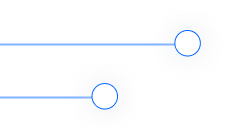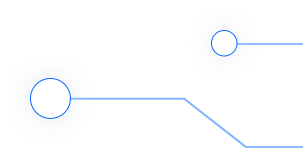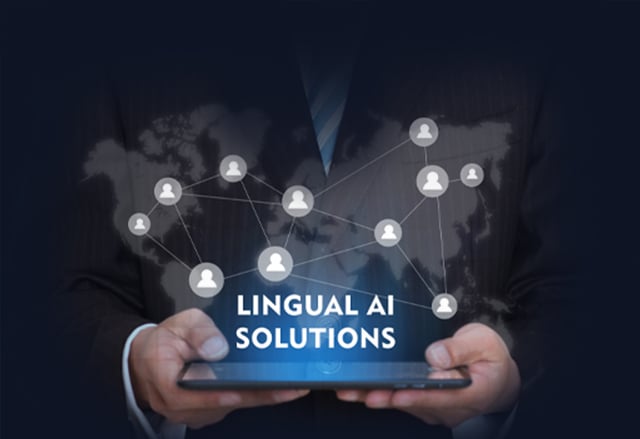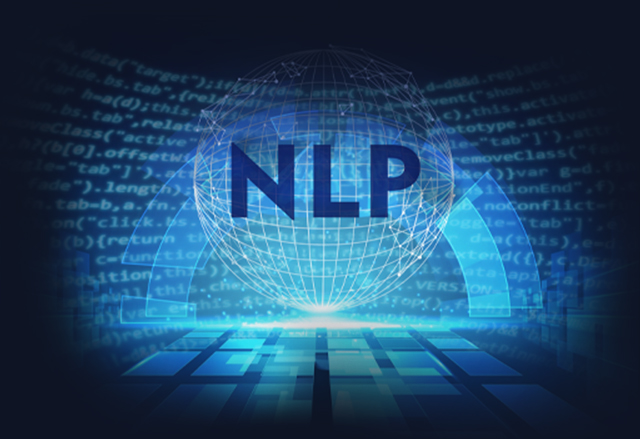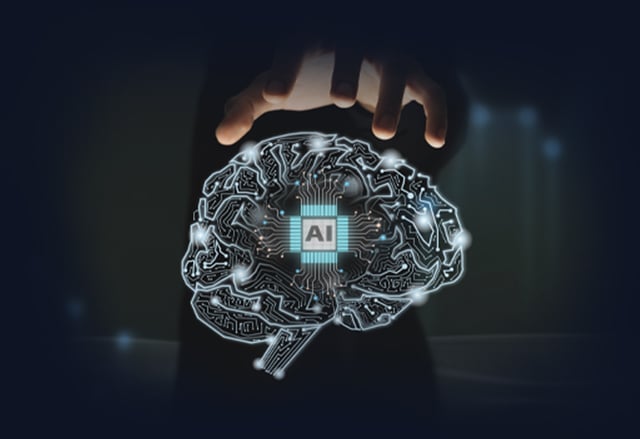Success Mapping: Knowledge Graphs for Strategic Planning

In an era where data is king, the ability to navigate and leverage this vast ocean of information is crucial for business success.
This is where knowledge graphs come into play. This innovative tool transforms complex, unstructured data into a structured,
understandable format, enabling businesses to make more informed decisions.
Knowledge graphs represent a paradigm shift in strategic planning, allowing for the identification of new opportunities,
prediction of market trends, and better risk management.
They are not just a technological advancement but a strategic asset for organizations looking to thrive in a data-driven world.
So how can you reap the impact of knowledge graphs in favor of your business? Let’s find out!
Understanding Knowledge Graphs
Knowledge graphs are a sophisticated tool for organizing and analyzing data.
They create a network of interconnected information where each piece of data is a node linked to others, forming a comprehensive map of relationships.
This structure allows for more intuitive and effective decision-making across various industries.
For example, in healthcare, knowledge graphs enable doctors to correlate patient histories, symptoms, and treatments,
enhancing diagnostic accuracy and treatment effectiveness.
In e-commerce, they help in personalizing shopping experiences by analyzing customer preferences and suggesting relevant products.
In finance, knowledge graphs aid in identifying potential risks, detecting fraud, and understanding market dynamics,
leading to more informed financial decisions.
The Importance of Strategic Planning
Strategic planning is critical for guiding a company towards its objectives. It provides a roadmap, setting the direction for the company's actions and decisions.
- Clear Direction: Without a strategic plan, businesses may lack focus, akin to driving without a destination.
Strategic planning outlines the company's goals and the steps needed to achieve them.
- Focus and Prioritization: Strategic planning helps businesses concentrate on their most vital goals.
By identifying what's essential, resources are allocated efficiently, ensuring progress on key objectives.
- Adaptability: In a constantly evolving business landscape, strategic planning equips companies to swiftly adapt to changes and unforeseen events.
- Better Decision Making: A clear strategic plan aligns everyone within the same organization with the long-term goals,
facilitating unified and effective decision-making across the organization.
- Competitive Edge: A robust strategic plan enables businesses to anticipate market trends, identify opportunities,
and proactively address challenges, giving them an advantage over less prepared competitors.
Challenges in Traditional Strategic Planning Methods
Let's break down the hurdles faced by traditional strategic planning and why there's a growing need for a more flexible approach
in today's fast-changing business world.
- Rigidity: Traditional plans often follow a fixed structure and timeline, making them inflexible. In a constantly evolving market,
this rigidity can limit a company's ability to adapt swiftly.
- Long-Term Focus: While long-term goals are crucial, traditional planning tends to heavily emphasize them.
However, the world changes rapidly, and sometimes plans made years in advance may become irrelevant.
- Complexity and Time-Consuming: These plans are often complex and time-consuming to create.
Gathering and analyzing extensive data can lead to delays, and by the time the plan is ready, the business landscape might have shifted.
The Need for a Dynamic, Adaptable Approach:
- Embracing Uncertainty: The future is unpredictable, and businesses need to be comfortable navigating uncertainty.
An adaptable approach allows for flexibility, enabling companies to pivot when needed.
- Innovation and Creativity: A dynamic strategy encourages innovation.
It fosters an environment where new ideas can be tested and implemented swiftly, keeping the company ahead in a competitive landscape.
- Customer-Centricity: With customer preferences changing rapidly, businesses need to be in tune with their audience.
An adaptable approach allows for better understanding and catering to evolving customer needs.
- Risk Management: Being adaptable helps in managing risks effectively. By continuously assessing and adapting strategies,
companies can minimize potential risks and seize opportunities.
Leveraging Knowledge Graphs in Strategic Planning
One of the key strengths of knowledge graphs lies in their visual representation.
They're like dynamic maps illustrating complex connections between data points.
This visual clarity helps businesses identify patterns, trends, and correlations that might not be apparent in traditional data structures.
By visually analyzing these graphs, businesses gain deep insights, enabling them to make informed strategic decisions.
Knowledge graphs coupled with advanced analytics empower businesses to predict future trends and outcomes.
They can identify potential scenarios by analyzing historical data and relationships within the graph.
This predictive capability assists in scenario planning, allowing businesses to prepare for various possibilities
and make proactive decisions to mitigate risks or capitalize on opportunities.
For instance, in a retail setting, knowledge graphs can predict consumer behavior based on purchasing patterns, external factors like seasonality,
and market trends. This insight helps businesses strategize their inventory, marketing campaigns, and product launches more effectively.
Advantages of Using Knowledge Graphs in Strategic Planning
- Agility and Adaptability: Knowledge graphs foster agility by allowing businesses to swiftly adapt to changes in the market landscape.
Their flexible nature enables quick adjustments to strategies and operations based on real-time insights, ensuring companies can respond promptly to emerging trends or unexpected challenges.
- Enhancing Innovation: By providing a comprehensive understanding of data connections, knowledge graphs stimulate innovation.
They encourage out-of-the-box thinking, enabling teams to explore unconventional ideas and solutions
that might not have been evident in traditional data structures.
- Identifying New Opportunities: Knowledge graphs uncover hidden patterns and relationships within data,
helping businesses identify untapped opportunities. Whether it's discovering new market segments, understanding emerging consumer preferences, or spotting gaps in the competition, these graphs empower businesses to explore and capitalize on new prospects.
- Predictive Analytics: Knowledge graphs enable predictive capabilities by recognizing patterns and correlations within the graph.
This allows businesses to forecast trends, anticipate outcomes, and perform scenario planning more accurately.
- Expert analyst: These graphs can process data in real time, providing up-to-date insights crucial for timely
decision-making in today's fast-paced business environment.
- Improved Collaboration: Knowledge graphs encourage collaboration by providing a shared platform for teams to access and analyze data.
This fosters a collaborative environment where diverse perspectives can contribute to strategic planning.
Future Outlook
Let's delve into the future outlook of knowledge graph initiatives and their business applications, as well as their benefits and impact on business insights.
Emerging Trends and Advancements in Knowledge Graph Technology
- Semantic AI and Machine Learning: Integration of knowledge graphs with advanced AI and machine learning algorithms is an emerging trend.
This fusion enhances the understanding of data semantic models, enabling more accurate predictions and intelligent decision-making.
- Contextual Knowledge Representation: Future advancements aim to improve knowledge graph data models by focusing on contextual understanding. This means knowledge graphs will become more adept at capturing nuanced relationships between entities,
offering actionable insights.
- Graph Database Innovations: Continuous improvements in graph databases will enhance the scalability, speed,
and efficiency of knowledge graph technology, making them more accessible and user-friendly for businesses of all sizes.
Potential Future Applications and Benefits for Businesses:
- Personalized Customer Experiences: Knowledge graph insights will further revolutionize customer interactions by enabling businesses to offer highly personalized experiences based on intricate understandings of customer preferences and behaviors.
- Augmented Decision-making: Advancements in predictive analytics within knowledge graphs will empower businesses to foresee trends and anticipate market shifts more accurately, augmenting strategic decision-making processes.
- Cross-domain Insights: Future knowledge graphs are expected to seamlessly integrate data from multiple domains, providing businesses with cross-domain insights that foster innovation and offer a holistic understanding of various interconnected factors influencing their operations.
Embracing this technology solution positions your business at the forefront of innovation and ensures a competitive advantage in an ever-changing business landscape. The time is now to consider integrating knowledge graphs into your strategic planning to unlock a wide range of possibilities and stay ahead in the competitive market with all your business questions accurately answered!
Frequently Asked Questions (FAQs)
How Do Knowledge Graphs Handle Unstructured Data in Planning?
Knowledge graphs organize unstructured data by linking and arranging information, aiding planning by enabling easy integration and querying for insights.
Do Knowledge Graphs Adjust to Fast-changing Markets?
Yes, Knowledge graphs adapt to fast-changing markets through real-time updates and flexible structures,
capturing evolving trends and insights swiftly.
Is Specialized Expertise Needed for Knowledge Graphs in Smaller Businesses?
Smaller businesses can adopt knowledge graphs without specialized expertise, using user-friendly tools.
However, some familiarity with data modelling can be helpful for effective implementation.
